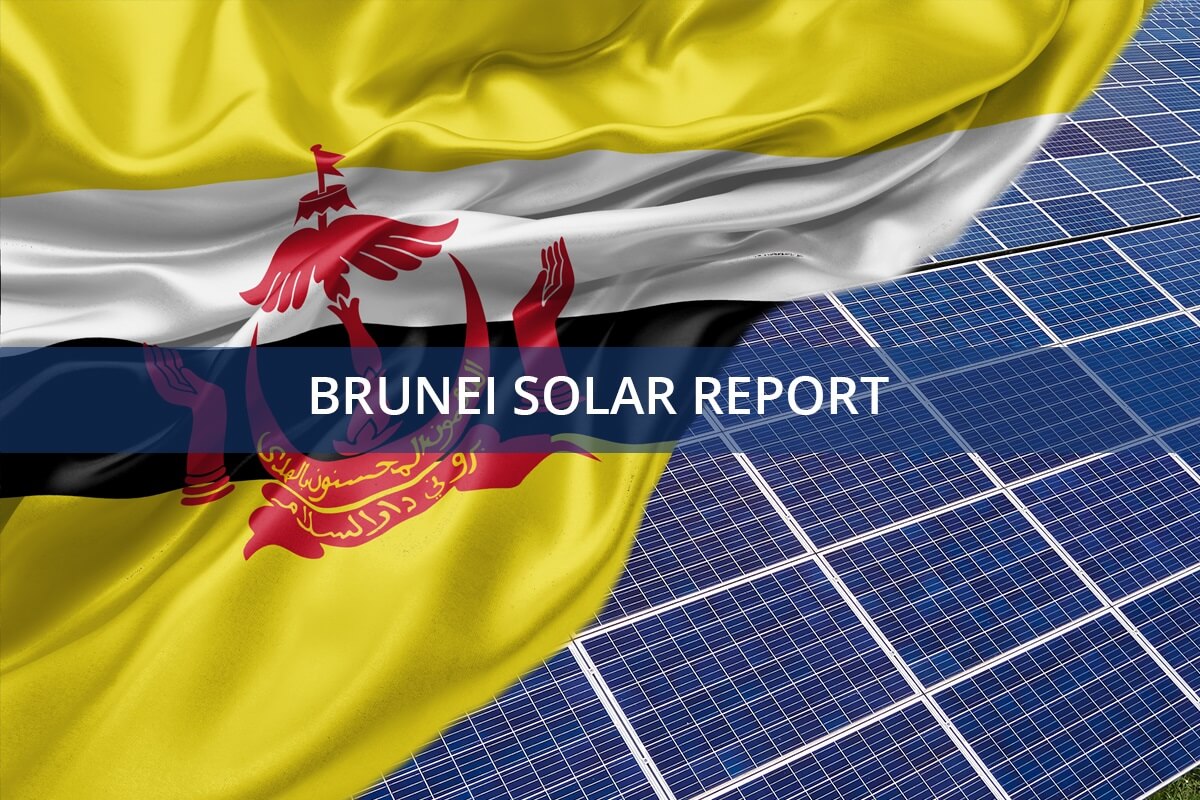Brunei has announced the development of a 30 MW solar power plant in Kampung Sungai Akar, a major project aimed at boosting the nation’s renewable energy capacity. This initiative is part of Brunei's broader goal to generate 200 megawatts (MW) of solar energy by 2025 and reduce its reliance on fossil fuels, marking a significant shift in the country’s energy strategy.
Key Solar Power Projects in Development
One of the cornerstone projects in this renewable energy push is the development of a 30 MW solar power plant in Kampung Sungai Akar. This facility, which is expected to become operational by 2025, is a key component of Brunei’s strategy to enhance its solar energy capacity.
The Kampung Sungai Akar project is part of a larger initiative to develop solar power across all four districts in Brunei, with additional projects planned for Bukit Panggal and Belingus. These projects are integral to the nation’s efforts to reduce greenhouse gas emissions by 20% over the next decade.
The government’s commitment to renewable energy is further underscored by its exploration of renewable energy-based connectivity with neighboring countries. This initiative highlights the importance of regional collaboration in achieving energy transition goals and ensuring energy security in the region.
Brunei’s focus on solar energy is a pivotal part of its national strategy to meet its renewable energy targets and reduce its carbon footprint. The move towards renewable energy is not only aimed at meeting domestic energy needs but also at positioning Brunei as a leader in sustainable energy in Southeast Asia.
Economic and Environmental Impacts
The development of solar power plants across Brunei’s districts is expected to significantly bolster the country’s energy security. By diversifying its energy sources, Brunei is lessening its reliance on imported fuels and reducing its vulnerability to global energy market fluctuations. Moreover, the increased use of renewable energy is expected to create new economic opportunities, including job creation in the renewable energy sector.
The 30 MW solar power plant in Kampung Sungai Akar is particularly noteworthy as it represents one of the largest renewable energy projects in the country’s history. The plant is designed to supply clean energy to thousands of homes and businesses, contributing to Brunei’s overall energy mix and reducing the country’s carbon emissions.
Regulatory Support for Solar Energy Growth
In addition to the environmental benefits, Brunei’s push towards solar energy is expected to have significant economic implications. The development of solar power infrastructure will require substantial investment, creating opportunities for local businesses and attracting foreign investment. The government’s commitment to renewable energy is also likely to spur innovation and technological advancement in the country.
As Brunei moves forward with its renewable energy initiatives, the government is also focusing on enhancing the regulatory framework to support the growth of the solar energy sector. This includes developing policies that encourage investment in renewable energy and provide incentives for businesses and households to adopt solar power.
Future Prospects and Regional Leadership
The success of Brunei’s solar energy projects will be a critical factor in the country’s ability to meet its long-term energy goals. If successful, these projects could serve as a model for other nations in the region seeking to transition to renewable energy.
Brunei’s renewable energy strategy is not just about reducing emissions; it’s about creating a sustainable future for the country. By investing in solar energy, Brunei is taking a proactive approach to addressing the challenges of climate change and ensuring a secure and sustainable energy supply for future generations.
As the 2025 deadline approaches, all eyes will be on Brunei’s progress in achieving its solar energy targets. The country’s success in this area could have far-reaching implications not only for its own energy security but also for the broader regional efforts to combat climate change and promote sustainable development.
The Kampung Sungai Akar solar power plant and other planned projects underscore Brunei’s commitment to leading the way in renewable energy. As these projects come to fruition, they will play a crucial role in transforming Brunei’s energy landscape and contributing to a cleaner and more sustainable future.

